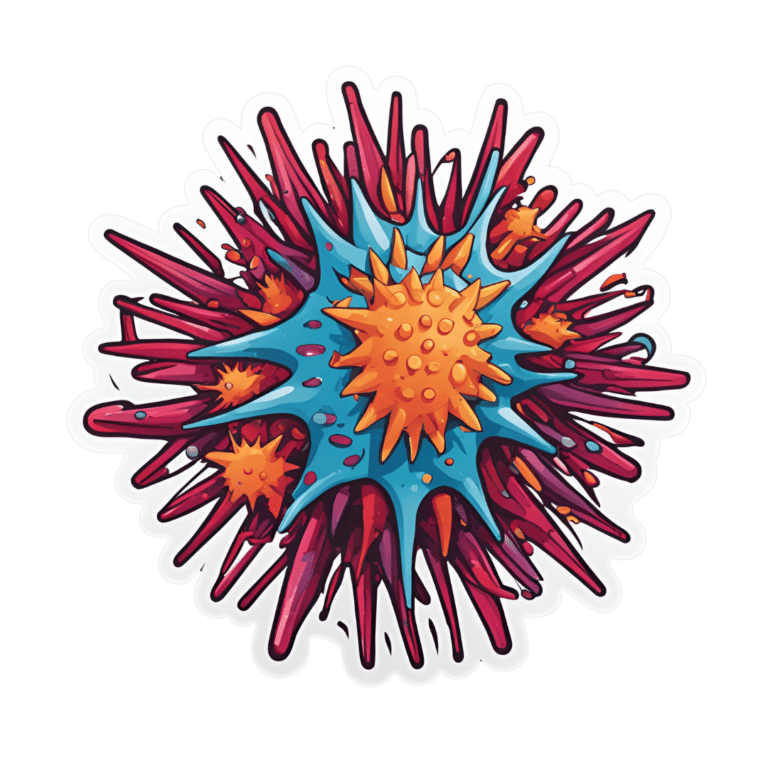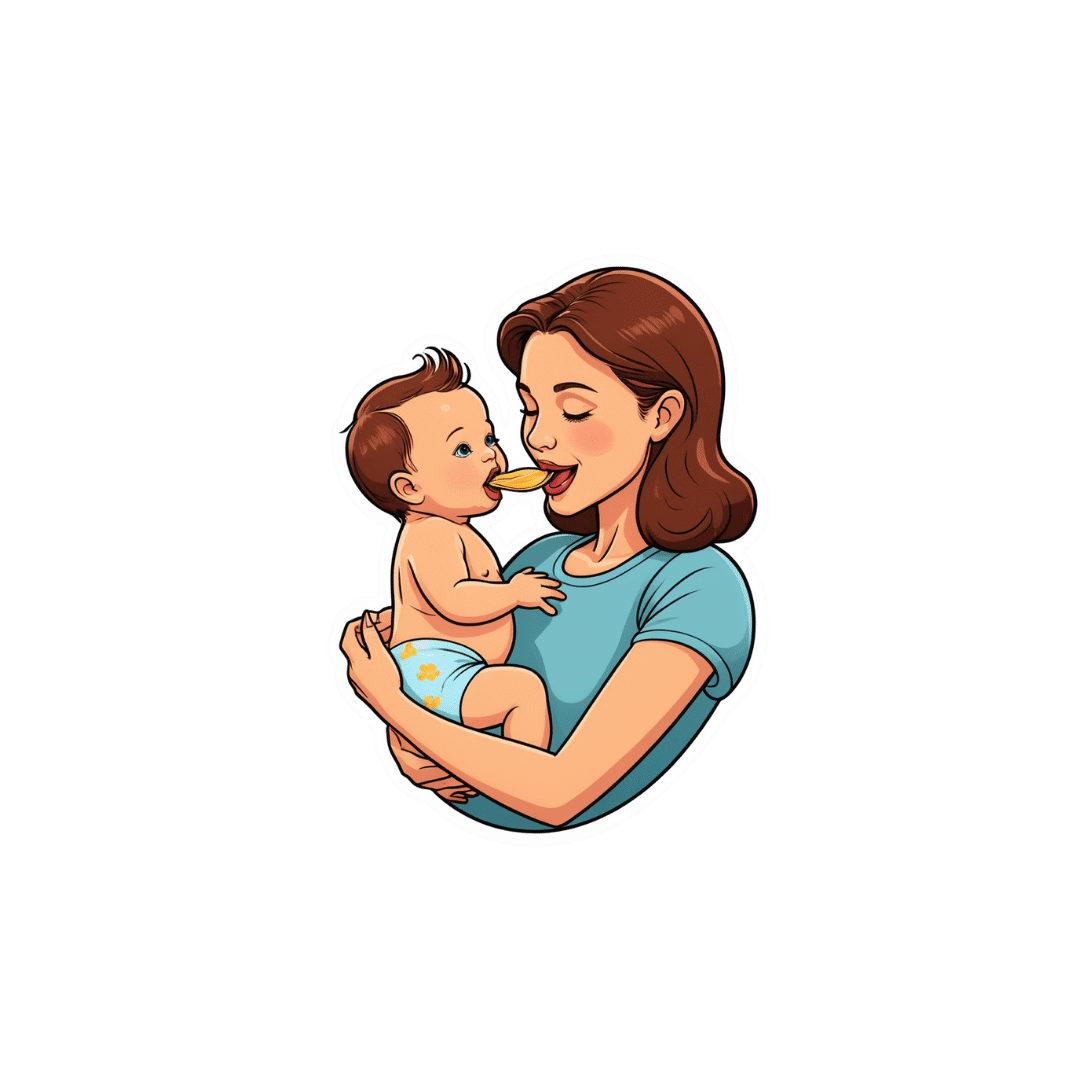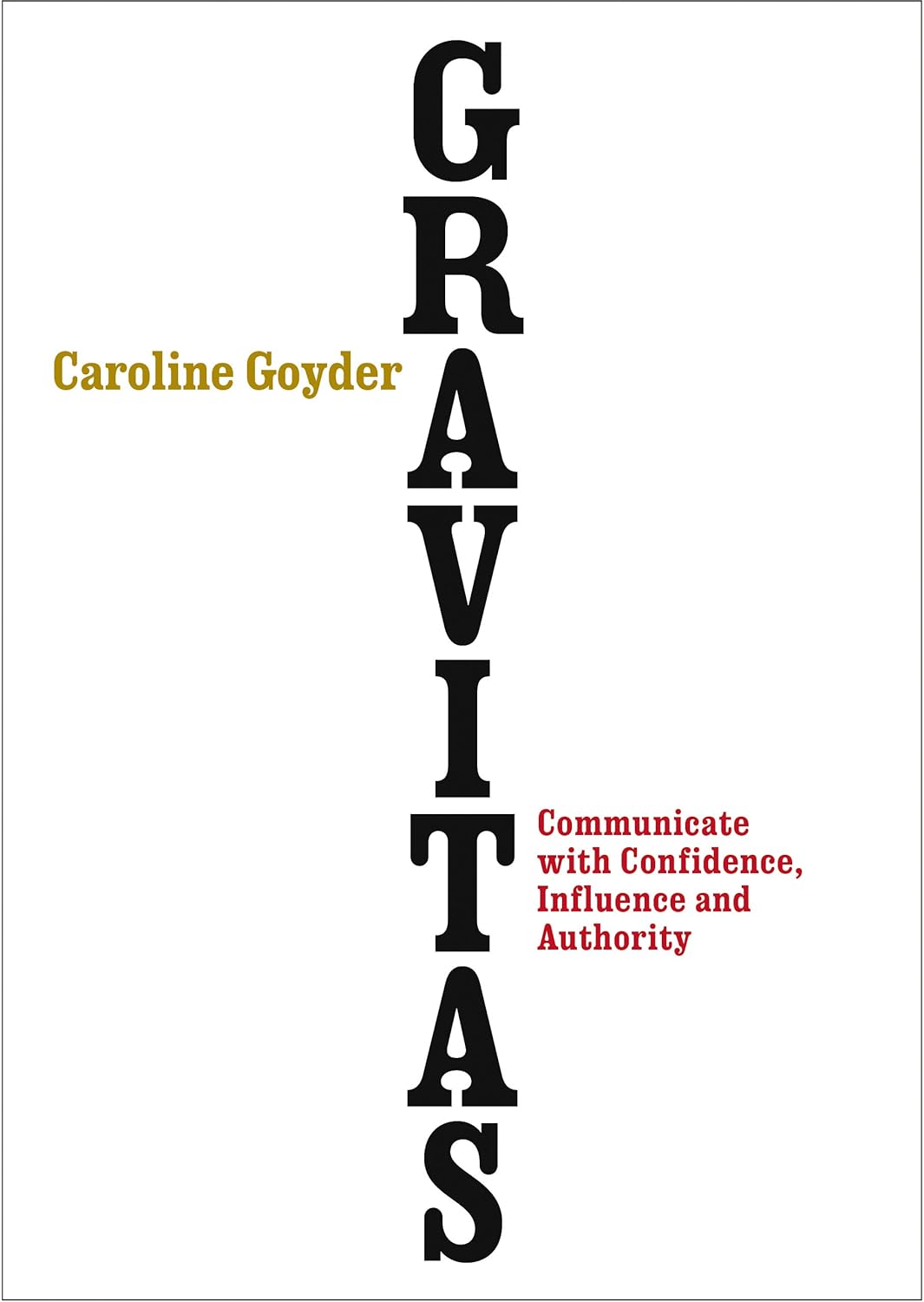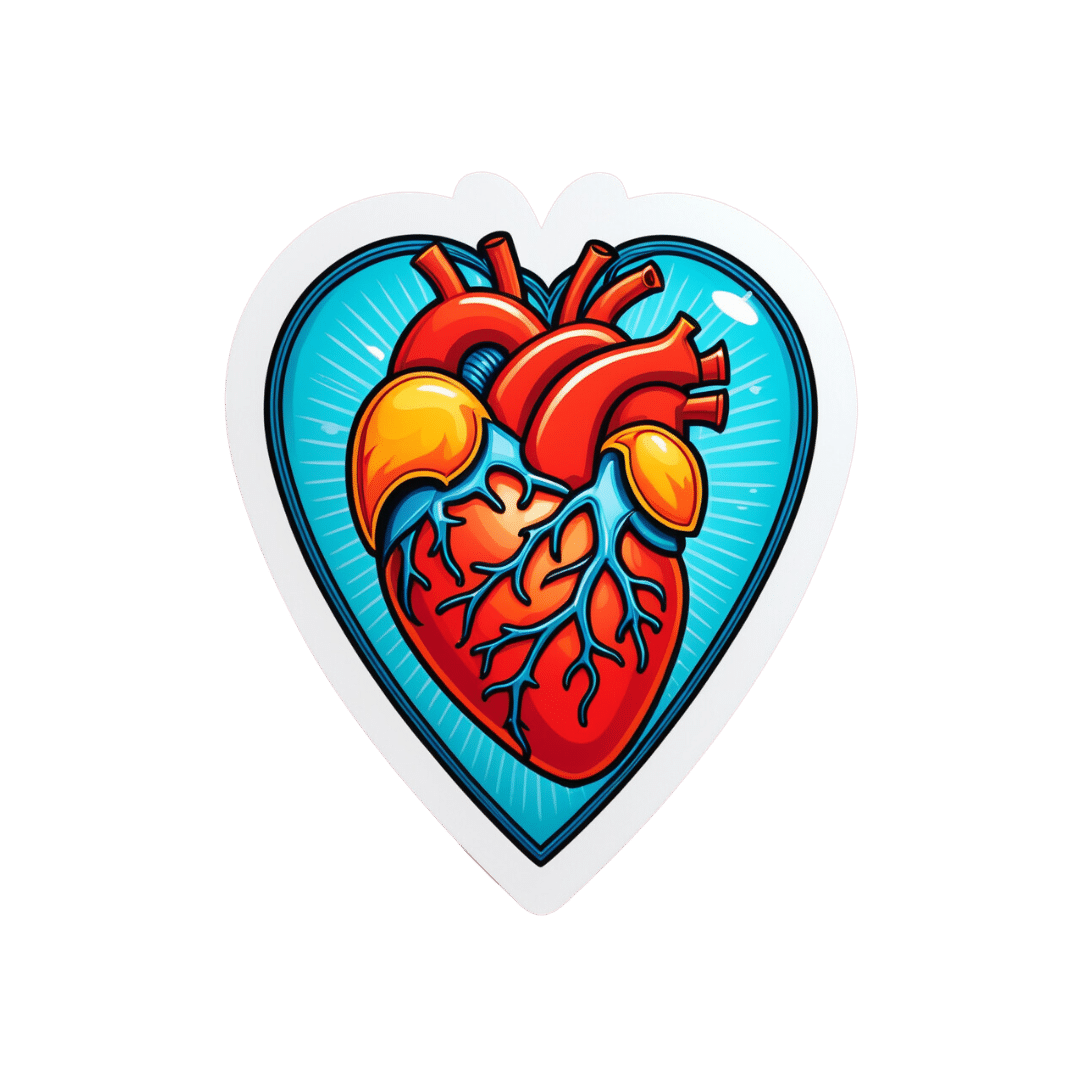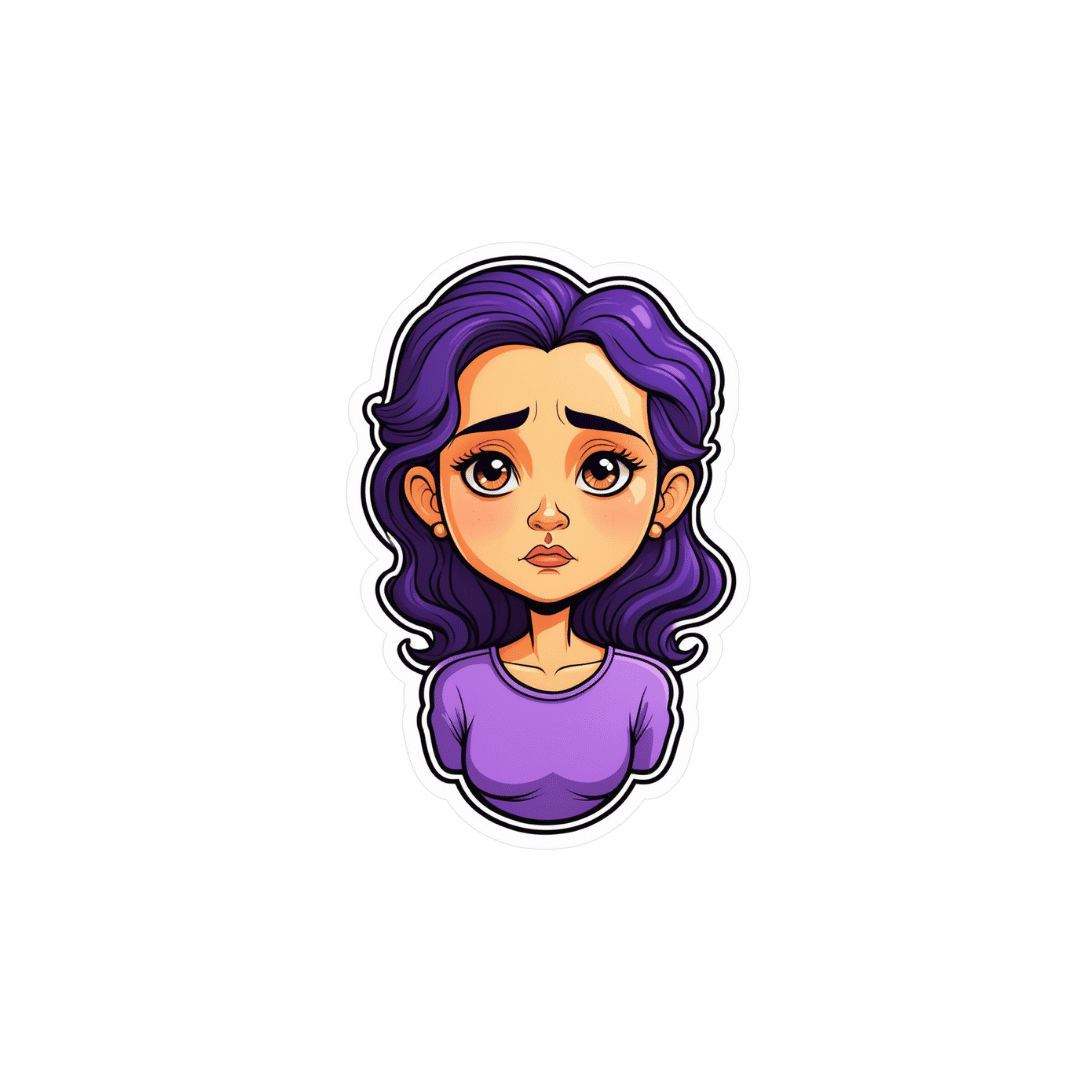
What’s the difference between burnout and depression?
10almonds is reader-supported. We may, at no cost to you, receive a portion of sales if you purchase a product through a link in this article.
If your summer holiday already feels like a distant memory, you’re not alone. Burnout – a state of emotional, physical and mental exhaustion following prolonged stress – has been described in workplaces since a 5th century monastery in Egypt.
Burnout and depression can look similar and are relatively common conditions. It’s estimated that 30% of the Australian workforce is feeling some level of burnout, while almost 20% of Australians are diagnosed with depression at some point in their lives.
So what’s the difference between burnout and depression?
Burnout is marked by helplessness and depression by hopelessness. They can have different causes and should also be managed differently.
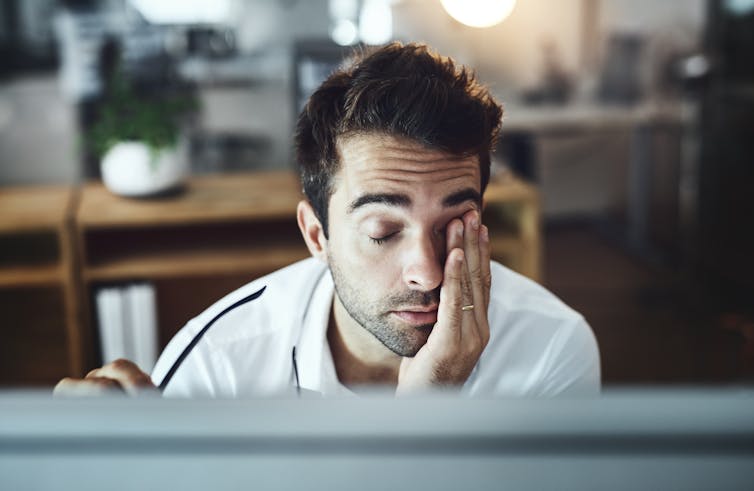
What is burnout?
The World Health Organization defines burnout as an “occupational phenomenon” resulting from excessively demanding workload pressures. While it is typically associated with the workplace, carers of children or elderly parents with demanding needs are also at risk.
Our research created a set of burnout symptoms we captured in the Sydney Burnout Measure to assist self-diagnosis and clinicians undertaking assessments. They include:
- exhaustion as the primary symptom
- brain fog (poor concentration and memory)
- difficulty finding pleasure in anything
- social withdrawal
- an unsettled mood (feeling anxious and irritable)
- impaired work performance (this may be result of other symptoms such as fatigue).
People can develop a “burning out” phase after intense work demands over only a week or two. A “burnout” stage usually follows years of unrelenting work pressure.
What is depression?
A depressive episode involves a drop in self-worth, increase in self-criticism and feelings of wanting to give up. Not everyone with these symptoms will have clinical depression, which requires a diagnosis and has an additional set of symptoms.
Clinically diagnosed depression can vary by mood, how long it lasts and whether it comes back. There are two types of clinical depression:
- melancholic depression has genetic causes, with episodes largely coming “out of the blue”
- non-melancholic depression is caused by environmental factors, often triggered by significant life events which cause a drop in self-worth.
When we created our burnout measure, we compared burnout symptoms with these two types of depression.
Burnout shares some features with melancholic depression, but they tend to be general symptoms, such as feeling a loss of pleasure, energy and concentration skills.
We found there were more similarities between burnout and non-melancholic (environmental) depression. This included a lack of motivation and difficulties sleeping or being cheered up, perhaps reflecting the fact both have environmental causes.
Looking for the root cause
The differences between burnout and depression become clearer when we look at why they happen.
Personality comes into play. Our work suggests a trait like perfectionism puts people at a much higher risk of burnout. But they may be less likely to become depressed as they tend to avoid stressful events and keep things under control.

Those with burnout generally feel overwhelmed by demands or deadlines they can’t meet, creating a sense of helplessness.
On the other hand, those with depression report lowered self-esteem. So rather than helpless they feel that they and their future is hopeless.
However it is not uncommon for someone to experience both burnout and depression at once. For example, a boss may place excessive work demands on an employee, putting them at risk of burnout. At the same time, the employer may also humiliate that employee and contribute to an episode of non-melancholic depression.
What can you do?
A principal strategy in managing burnout is identifying the contributing stressors. For many people, this is the workplace. Taking a break, even a short one, or scheduling some time off can help.
Australians now have the right to disconnect, meaning they don’t have to answer work phone calls or emails after hours. Setting boundaries can help separate home and work life.
Burnout can be also be caused by compromised work roles, work insecurity or inequity. More broadly, a dictatorial organisational structure can make employees feel devalued. In the workplace, environmental factors, such as excessive noise, can be a contributor. Addressing these factors can help prevent burnout.
As for managing symptoms, the monks had the right idea. Strenuous exercise, meditation and mindfulness are effective ways to deal with everyday stress.
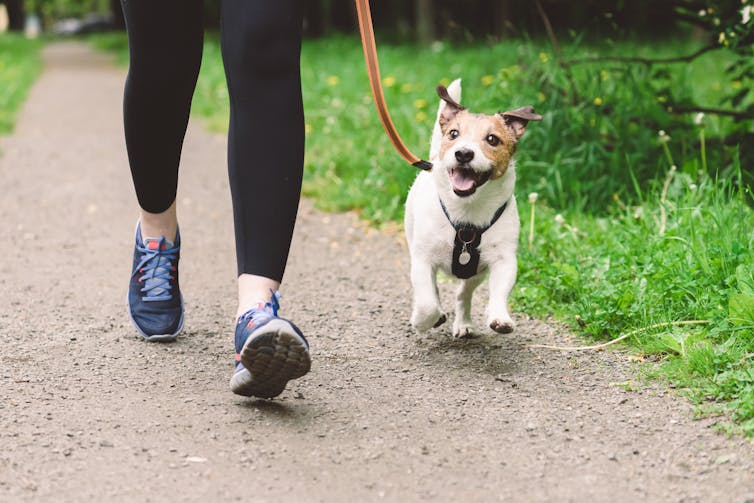
Deeper contributing factors, including traits such as perfectionism, should be managed by a skilled clinical psychologist.
For melancholic depression, clinicians will often recommend antidepressant medication.
For non-melancholic depression, clinicians will help address and manage triggers that are the root cause. Others will benefit from antidepressants or formal psychotherapy.
While misdiagnosis between depression and burnout can occur, burnout can mimic other medical conditions such as anemia or hypothyroidism.
For the right diagnosis, it’s best to speak to your doctor or clinician who should seek to obtain a sense of “the whole picture”. Only then, once a burnout diagnosis has been affirmed and other possible causes ruled out, should effective support strategies be put in place.
If this article has raised issues for you, or if you’re concerned about someone you know, call Lifeline on 13 11 14.
Correction: This article originally stated that depression is marked by helplessness and burnout by hopelessness, when in fact it is vice versa. This has been amended.
Gordon Parker, Scientia Professor of Psychiatry, UNSW Sydney
This article is republished from The Conversation under a Creative Commons license. Read the original article.
Don’t Forget…
Did you arrive here from our newsletter? Don’t forget to return to the email to continue learning!
Recommended
Learn to Age Gracefully
Join the 98k+ American women taking control of their health & aging with our 100% free (and fun!) daily emails:
-
Guinness Is Good For You*
10almonds is reader-supported. We may, at no cost to you, receive a portion of sales if you purchase a product through a link in this article.
Guinness Is Good For You*
*This is our myth-buster edition, so maybe best not take that at face value!
To this day, writing the words “Guinness is” into Google will autocomplete to “Guinness is good for you”. The ad campaign proclaiming such launched about a hundred years ago, and was based on Guinness as it was when it was launched another hundred years before that.
Needless to say, none of this was based on modern science.
Is there any grain of truth?
Perhaps its strongest health claim, in terms of what stands up to modern scrutiny, is that it does contain some B vitamins. Famously (as it was once given to pregnant women in Ireland on the strength of such) it contains folate (also known as Vitamin B9). How much?
A 15oz glass of Guinness contains 12.8µg of folate, which is 3.2% of the RDA. In other words, you could get all the folate your body needs by drinking just 32 glasses of Guinness per day.
With that in mind, you might want to get the non-alcoholic version!
“I heard you could live on just Guinness and oranges, because it contains everything but vitamin C?”
The real question is: how long could you live? Otherwise, a facetious answer here could be akin to the “fun fact” that you can drink lava… once.
Guinness is missing many essential amino acids and fatty acids, several vitamins, and many minerals. Exactly what it’s missing may vary slightly from region to region, as while the broad recipe is the same, some processes add or remove some extra micronutrients.
As to what you’d die of first, for obvious reasons there have been no studies done on this, but our money would be on liver failure.
It would also wreak absolute havoc with your kidneys, but kidneys are tricky beasts—you can be down to 10% functionality and unaware that anything’s wrong yet. So we think liver failure would get you first.
(Need that 0.0% alcohol Guinness link again? Here it is)
Fun fact: Top contender in the category of “whole food” is actually seaweed (make sure you don’t get too much iodine, though)!
Or, should we say, top natural contender. Because foods that have been designed by humans to contain everything we need and more for optimized health, such as Huel, do exactly what they say on the tin.
And in case you’re curious…
Read: what bare minimum nutrients do you really need, to survive?
Share This Post
-
Feeding your baby butter won’t help them sleep through the night, whatever TikTok says
10almonds is reader-supported. We may, at no cost to you, receive a portion of sales if you purchase a product through a link in this article.
Sleep is the holy grail for new parents. So no wonder many tired parents are looking for something to help their babies sleep.
A TikTok trend claims giving your baby a tablespoon or two of butter in the evening will help them sleep more at night.
As we’ll see, butter is just the latest food that promises to help babies sleep at night. But no single food can do this.
So if you’re a new parent and desperate for a good night’s sleep, here’s what to try instead.
BaLL LunLa/Shutterstock Is my baby’s sleep normal?
Babies need help to fall asleep, through feeding, movement (like rocking) or touch (like a cuddle or massage).
Newborn babies also do not know night from day. Melatonin in breastmilk helps babies sleep more at night until they start to make this sleep-inducing hormone themselves. Bottlefed newborn babies do not have access to this melatonin. Regardless of how you feed your baby, it can take several months for them to develop a sleep pattern with longer stretches at night.
Babies also sleep lighter than older children and adults. Light sleep helps ensure they continue breathing, protecting them from SIDS (sudden infant death syndrome). It also means they wake easily and often.
The idea that babies should sleep deeply, alone and for long stretches, goes against their physiology. So “sleeping like a baby” usually means waking quite a lot at night.
Yet, many parents have been asked whether their baby is sleeping through the night and is a “good baby”. The perception is that if a baby doesn’t sleep for long stretches at night, it must be “bad”.
This may lead parents to say their babies sleep longer than they really do, setting unrealistic expectations for other new parents.
Could feeding butter do any harm?
The social pressure around baby sleep can add stress and anxiety for new parents. So the Tiktok trend about feeding babies butter may seem tempting.
But giving babies any solid food before they are around six months old is not recommended. Babies’ digestive systems are not ready for solid food until they are around six months and feeding them before this can cause constipation or make them more likely to catch an illness. For this reason alone, you should not give your young baby butter.
From about six months old, babies should be offered nutritious, iron-rich solid foods. Butter doesn’t fit this bill because it is almost all saturated fat. If butter replaces more nutritious foods, babies may not get the vitamins and minerals they need.
Butter is just the latest food claimed to help babies sleep better at night. Pixel-Shot/Shutterstock Butter is the latest in a long line of beliefs about certain foods making babies sleep longer at night. It was once thought that adding cereal or crushed arrowroot biscuits in bottle of milk before bedtime would make them sleep longer. Research found this did not increase sleep at all.
Similarly, there is no evidence that giving babies butter before bed makes them sleep longer.
In fact, research shows the foods babies eat make no difference to night waking.
What else can I try?
Waking overnight doesn’t necessarily mean a baby is hungry. And stopping breastfeeds or bottle feeds overnight doesn’t necessarily reduce night waking.
Your baby could be too hot or cold, or need a nappy change. But some babies continue to wake at night even without an obvious problem.
The good news is, sleeping is a skill babies develop naturally as they grow.
Behavioural sleep interventions, known as “sleep training”, are not very effective in increasing overnight sleep. In one study, sleep training did not reduce the number of night wakes and only increased the length of the longest sleep by about 16 minutes. Sleep training is especially not recommended for babies under six months.
The good news is that babies do eventually get the hang of sleeping at night. Miljan Zivkovic/Shutterstock Look after yourself
If you’re missing out on sleep at night, try to have small naps during the day while your baby sleeps. Ask friends and family to do some chores to allow you to nap.
If your baby is crying and you find yourself getting overwhelmed it is OK to put your baby down somewhere safe (like a cot or baby mat) and take some time to settle yourself.
If your baby’s sleep pattern changes significantly or they haven’t slept at all for more than a day, or if your baby seems to have pain or a fever see your doctor, or family and child health nurse, as soon as possible.
Some helpful resources
If you think your baby is not sleeping well because of a breastfeeding problem, the Australian Breastfeeding Association has a national helpline. The association can also advise on co-sleeping.
The charity Little Sparklers provides peer support for parents, including someone to chat to, about baby sleep. It also has helpful resources.
UNICEF has resources about caring for your baby at night. And the UK-based Baby Sleep Info Source (Basis) provides evidence-based information about babies and sleep.
Karleen Gribble, Adjunct Professor, School of Nursing and Midwifery, Western Sydney University; Naomi Hull, PhD candidate, Sydney School of Public Health, University of Sydney, and Nina Jane Chad, Research Fellow, University of Sydney School of Public Health, University of Sydney
This article is republished from The Conversation under a Creative Commons license. Read the original article.
Share This Post
-
Gravitas – by Caroline Goyder
10almonds is reader-supported. We may, at no cost to you, receive a portion of sales if you purchase a product through a link in this article.
A no-nonsense guide to (more than!) public speaking that isn’t just “tell jokes in your speech and imagine the audience naked”.
Because this isn’t just about speech-writing or speech delivery, so much as giving you important life skills. The kind that weren’t taught in school, but that nevertheless make a huge impact on success… whether you’re giving a presentation or hosting a party or negotiating a deal or just attending a social event. Or making a phonecall, even.
Whereas a lot of books of this kind treat “the audience” as a nebulous and purely responsive passive crowd of extras, Goyder does better. People are individuals, even if they’re all facing the same way for a moment. She works with that! She also teaches how to deal with not just hecklers, but also simply those people who sap your confidence and find fault with you and anything you do or say.b
Bottom line is: if you for whatever reason communicate with people, and would like them to think better of you, this is the book for you.
Share This Post
Related Posts
-
Edamame vs Brussels Sprouts – Which is Healthier?
10almonds is reader-supported. We may, at no cost to you, receive a portion of sales if you purchase a product through a link in this article.
Our Verdict
When comparing edamame to Brussels sprouts, we picked the edamame.
Why?
We were curious to see if something could unseat Brussels sprouts from the vegetable throne!
In terms of macros, edamame have more than 3x the protein and and nearly 50% more fiber, for the same amount of carbs. An easy win for edamame.
In the category of vitamins, edamame have more of vitamins B1, B2, B3, B5, B9, and choline, while Brussels sprouts have more of vitamins A, B6, C, E, and K, meaning a marginal 6:5 win for edamame this time.
When it comes to minerals, things are quite one-sided: edamame have more calcium, copper, iron, magnesium, manganese, phosphorus, potassium, and zinc, while Brussels sprouts have more selenium. Another easy win for edamame!
Adding up the sections makes it clear that edamame win the day, but of course, by all means, enjoy either or both; diversity is good!
Want to learn more?
You might like to read:
What Do The Different Kinds Of Fiber Do? 30 Foods That Rank Highest
Enjoy!
Don’t Forget…
Did you arrive here from our newsletter? Don’t forget to return to the email to continue learning!
Learn to Age Gracefully
Join the 98k+ American women taking control of their health & aging with our 100% free (and fun!) daily emails:
-
Test For Whether You Will Be Able To Achieve The Splits
10almonds is reader-supported. We may, at no cost to you, receive a portion of sales if you purchase a product through a link in this article.
Some people stretch for years without being able to do the splits; others do it easily after a short while. Are there people for whom it is impossible, and is there a way to know in advance whether our efforts will be fruitful? Liv (of “LivInLeggings” fame) has the answer:
One side of the story
There are several factors that affect whether we can do the splits, including:
- arrangement of the joint itself
- length of tendons and muscles
- “stretchiness” of tendons and muscles
The latter two things, we can readily train to improve. Yes, even the basic length can be changed over time, because the body adapts.
The former thing, however (arrangement of the joint itself) is near-impossible, because skeletal changes happen more slowly than any other changes in the body. In a battle of muscle vs bone, muscle will always win eventually, and even the bone itself can be rebuilt (as the body fixes itself, or in the case of some diseases, messes itself up). However, changing the arrangement of your joint itself is far beyond the auspices of “do some stretches each day”. So, for practical purposes, without making it the single most important thing in your life, it’s impossible.
How do we know if the arrangement of our hip joint will accommodate the splits? We can test it, one side at a time. Liv uses the middle splits, also called the side splits or box splits, as an example, but the same science and the same method goes for the front splits.
Stand next to a stable elevated-to-hip-height surface. You want to be able to raise your near-side leg laterally, and rest it on the surface, such that your raised leg is now perfectly perpendicular to your body.
There’s a catch: not only do you need to still be stood straight while your leg is elevated 90° to the side, but also, your hips still need to remain parallel to the floor—not tilted up to one side.
If you can do this (on both sides, even if not both simultaneously right now), then your hip joint itself definitely has the range of motion to allow you to do the side splits; you just need to work up to it. Technically, you could do it right now: if you can do this on both sides, then since there’s no tendon or similar running between your two legs to make it impossible to do both at once, you could do that. But, without training, your nerves will stop you; it’s an in-built self-defense mechanism that’s just firing unnecessarily in this case, and needs training to get past.
If you can’t do this, then there are two main possibilities:
- Your joint is not arranged in a way that facilitates this range of motion, and you will not achieve this without devoting your life to it and still taking a very long time.
- Your tendons and muscles are simply too tight at the moment to allow you even the half-split, so you are getting a false negative.
This means that, despite the slightly clickbaity title on YouTube, this test cannot actually confirm that you can never do the middle splits; it can only confirm that you can. In other words, this test gives two possible results:
- “Yes, you can do it!”
- “We don’t know whether you can do it”
For more on the anatomy of this plus a visual demonstration of the test, enjoy:
Click Here If The Embedded Video Doesn’t Load Automatically!
Want to learn more?
You might also like to read:
Stretching Scientifically – by Thomas Kurz ← this is our review of the book she’s working from in this video; this book has this test!
Take care!
Don’t Forget…
Did you arrive here from our newsletter? Don’t forget to return to the email to continue learning!
Learn to Age Gracefully
Join the 98k+ American women taking control of their health & aging with our 100% free (and fun!) daily emails:
-
What’s the difference between a heart attack and cardiac arrest? One’s about plumbing, the other wiring
10almonds is reader-supported. We may, at no cost to you, receive a portion of sales if you purchase a product through a link in this article.
In July 2023, rising US basketball star Bronny James collapsed on the court during practice and was sent to hospital. The 18-year-old athlete, son of famous LA Lakers’ veteran LeBron James, had experienced a cardiac arrest.
Many media outlets incorrectly referred to the event as a “heart attack” or used the terms interchangeably.
A cardiac arrest and a heart attack are distinct yet overlapping concepts associated with the heart.
With some background in how the heart works, we can see how they differ and how they’re related.
Explode/Shutterstock Understanding the heart
The heart is a muscle that contracts to work as a pump. When it contracts it pushes blood – containing oxygen and nutrients – to all the tissues of our body.
For the heart muscle to work effectively as a pump, it needs to be fed its own blood supply, delivered by the coronary arteries. If these arteries are blocked, the heart muscle doesn’t get the blood it needs.
This can cause the heart muscle to become injured or die, and results in the heart not pumping properly.
Heart attack or cardiac arrest?
Simply put, a heart attack, technically known as a myocardial infarction, describes injury to, or death of, the heart muscle.
A cardiac arrest, sometimes called a sudden cardiac arrest, is when the heart stops beating, or put another way, stops working as an effective pump.
In other words, both relate to the heart not working as it should, but for different reasons. As we’ll see later, one can lead to the other.
Why do they happen? Who’s at risk?
Heart attacks typically result from blockages in the coronary arteries. Sometimes this is called coronary artery disease, but in Australia, we tend to refer to it as ischaemic heart disease.
The underlying cause in about 75% of people is a process called atherosclerosis. This is where fatty and fibrous tissue build up in the walls of the coronary arteries, forming a plaque. The plaque can block the blood vessel or, in some instances, lead to the formation of a blood clot.
Atherosclerosis is a long-term, stealthy process, with a number of risk factors that can sneak up on anyone. High blood pressure, high cholesterol, diet, diabetes, stress, and your genes have all been implicated in this plaque-building process.
Other causes of heart attacks include spasms of the coronary arteries (causing them to constrict), chest trauma, or anything else that reduces blood flow to the heart muscle.
Regardless of the cause, blocking or reducing the flow of blood through these pipes can result in the heart muscle not receiving enough oxygen and nutrients. So cells in the heart muscle can be injured or die.
Here’s a simple way to remember the difference. Author provided But a cardiac arrest is the result of heartbeat irregularities, making it harder for the heart to pump blood effectively around the body. These heartbeat irregularities are generally due to electrical malfunctions in the heart. There are four distinct types:
- ventricular tachycardia: a rapid and abnormal heart rhythm in which the heartbeat is more than 100 beats per minute (normal adult, resting heart rate is generally 60-90 beats per minute). This fast heart rate prevents the heart from filling with blood and thus pumping adequately
- ventricular fibrillation: instead of regular beats, the heart quivers or “fibrillates”, resembling a bag of worms, resulting in an irregular heartbeat greater than 300 beats per minute
- pulseless electrical activity: arises when the heart muscle fails to generate sufficient pumping force after electrical stimulation, resulting in no pulse
- asystole: the classic flat-line heart rhythm you see in movies, indicating no electrical activity in the heart.
Remember this flat-line rhythm from the movies? It’s asystole, when there’s no electrical activity in the heart. Kateryna Kon/Shutterstock Cardiac arrest can arise from numerous underlying conditions, both heart-related and not, such as drowning, trauma, asphyxia, electrical shock and drug overdose. James’ cardiac arrest was attributed to a congenital heart defect, a heart condition he was born with.
But among the many causes of a cardiac arrest, ischaemic heart disease, such as a heart attack, stands out as the most common cause, accounting for 70% of all cases.
So how can a heart attack cause a cardiac arrest? You’ll remember that during a heart attack, heart muscle can be damaged or parts of it may die. This damaged or dead tissue can disrupt the heart’s ability to conduct electrical signals, increasing the risk of developing arrhythmias, possibly causing a cardiac arrest.
So while a heart attack is a common cause of cardiac arrest, a cardiac arrest generally does not cause a heart attack.
What do they look like?
Because a cardiac arrest results in the sudden loss of effective heart pumping, the most common signs and symptoms are a sudden loss of consciousness, absence of pulse or heartbeat, stopping of breathing, and pale or blue-tinged skin.
But the common signs and symptoms of a heart attack include chest pain or discomfort, which can show up in other regions of the body such as the arms, back, neck, jaw, or stomach. Also frequent are shortness of breath, nausea, light-headedness, looking pale, and sweating.
What’s the take-home message?
While both heart attack and cardiac arrest are disorders related to the heart, they differ in their mechanisms and outcomes.
A heart attack is like a blockage in the plumbing supplying water to a house. But a cardiac arrest is like an electrical malfunction in the house’s wiring.
Despite their different nature both conditions can have severe consequences and require immediate medical attention.
Michael Todorovic, Associate Professor of Medicine, Bond University and Matthew Barton, Senior lecturer, School of Nursing and Midwifery, Griffith University
This article is republished from The Conversation under a Creative Commons license. Read the original article.
Don’t Forget…
Did you arrive here from our newsletter? Don’t forget to return to the email to continue learning!
Learn to Age Gracefully
Join the 98k+ American women taking control of their health & aging with our 100% free (and fun!) daily emails:

